How to protect the spine (in pictures)
 After a post about the need to monitor your spine ( many thanks for the article: divanikus ), I decided to look for visual aids that will help to move correctly without exposing the spine to unnecessary stress. In reality, there are not many of them, but there are still some. I hope that a selection of motivational images will help you to approach your spine more seriously and move more correctly, performing different office work.
After a post about the need to monitor your spine ( many thanks for the article: divanikus ), I decided to look for visual aids that will help to move correctly without exposing the spine to unnecessary stress. In reality, there are not many of them, but there are still some. I hope that a selection of motivational images will help you to approach your spine more seriously and move more correctly, performing different office work.Basically, it takes care of how routine, regular work is performed. It is on the correct attitude to habitual movement that the success and, accordingly, the health of the spine depends. Clearly, one can argue that it is impossible to rebuild what has been worked out for years. But experts say that by making focused efforts you can achieve results. Even habits are renewable!
Well, let's get started !?
Lumbar
From the figure below it is clearly visible that, bending down to raise something, one also needs to remember the spine, or rather, its lumbar part. Since, if the hero in the picture did not rest his hand, then the main load would be precisely on the lower back:
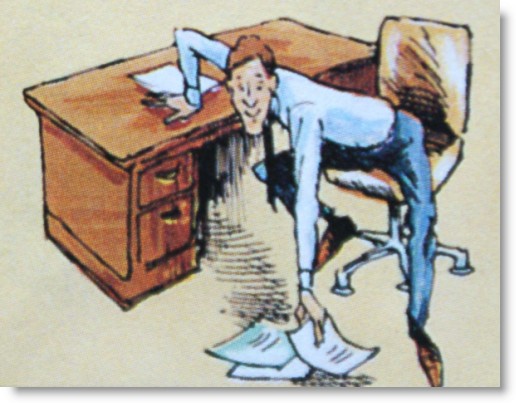
The following figure shows that if we often have to turn in the opposite direction from the main workplace, we need to do this completely so that the spine is not in uncomfortable position for a long time:
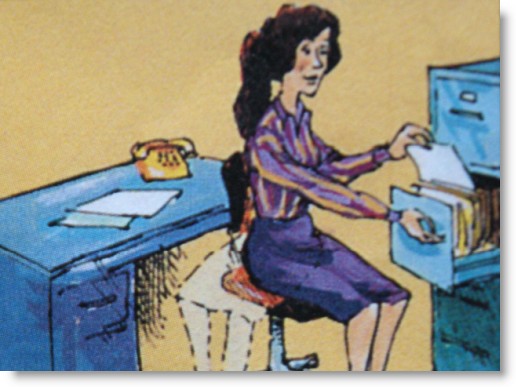
Cervical part
When organizing a workplace, you need to remember about the cervical part of the spine. The following two figures show that in office work it is important to remember the position of the head. It is better to use hands or some holders than to force the spine to work in an uncomfortable position:
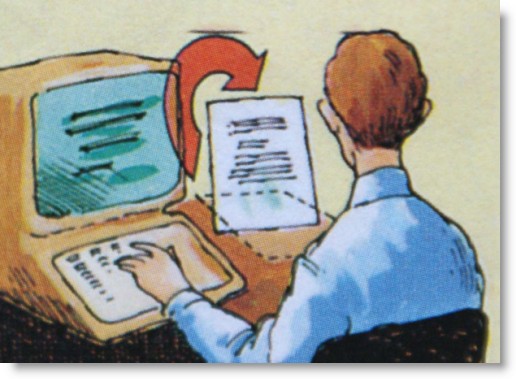

Top part
Another, important rule of a convenient workplace is how far are the items that we often use. If we constantly reach for the keyboard, phone, papers - all this seriously affects the spine. From the following two pictures it is obvious - it is better to move in to us or advance in advance everything that we need, than to reach out:
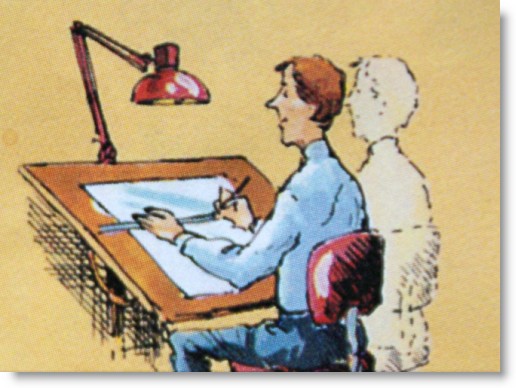
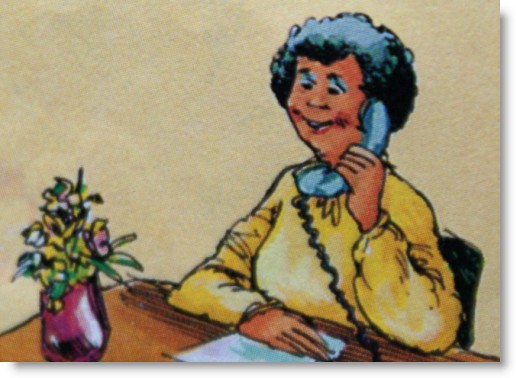
How to modify a chair
To keep the load on your back as low as possible, you can improve something in your armchair or chair. The essence of such modifications is shown in the following two figures:
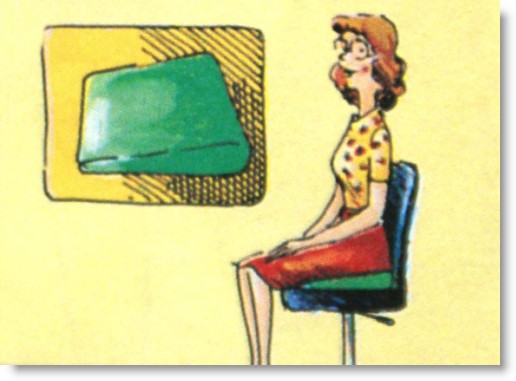
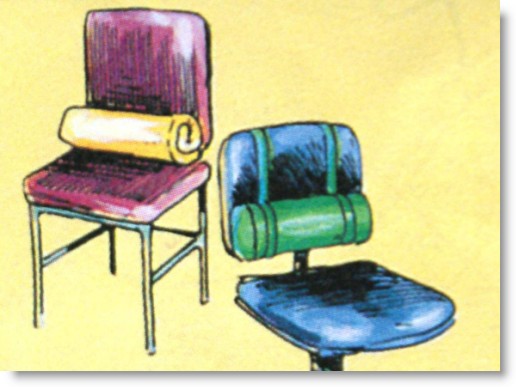
General principles
Also, here , I found a picture that explains most of the principles of the right office workplace. Some inscriptions are difficult to read there, so I propose a restored version:
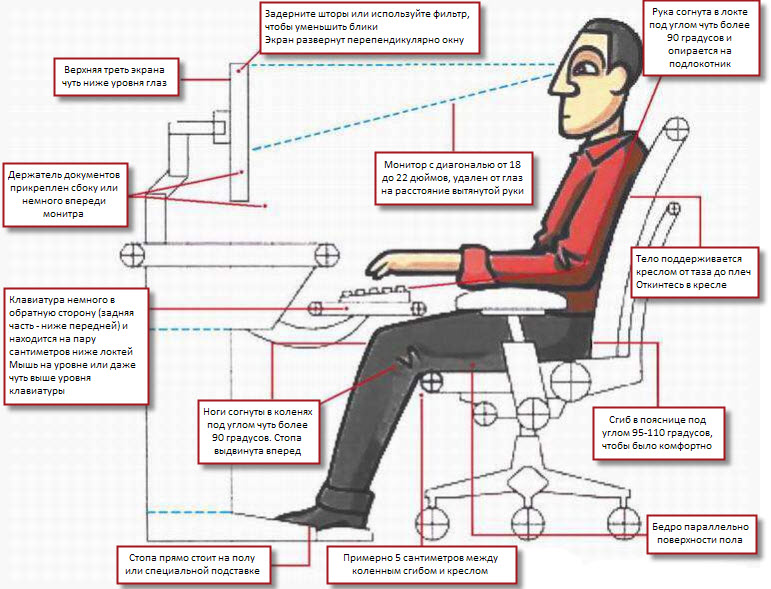
PS
Most of the pictures in this article are scans from some foreign training manual on organizing office work.
